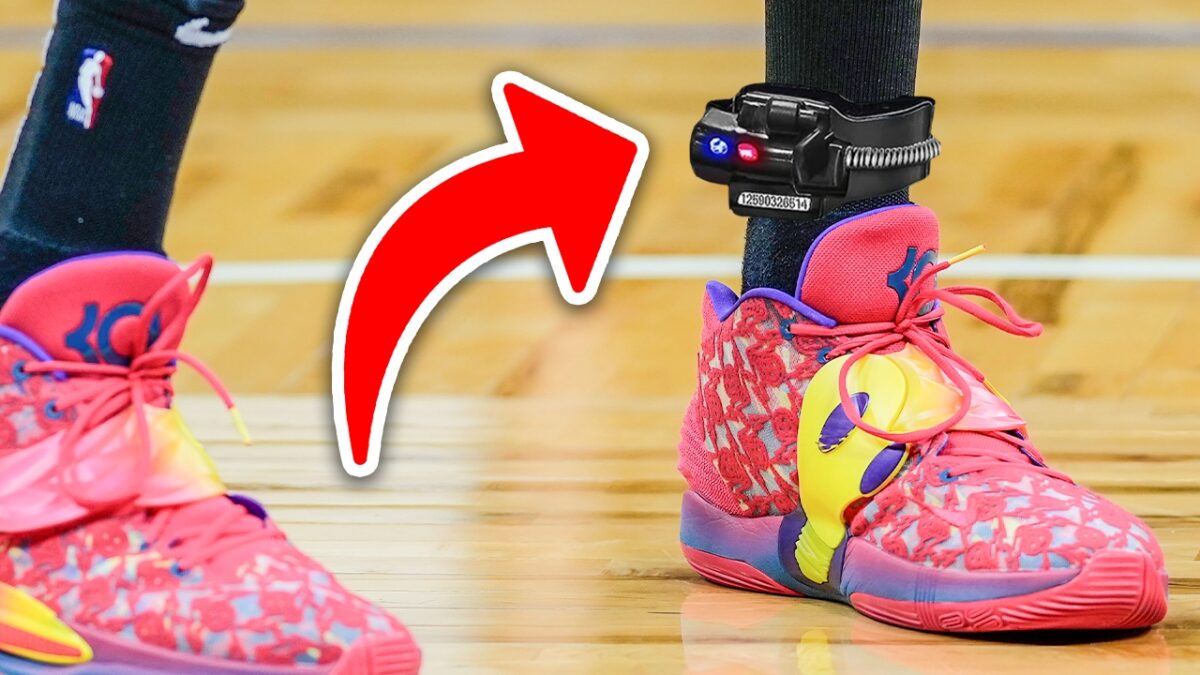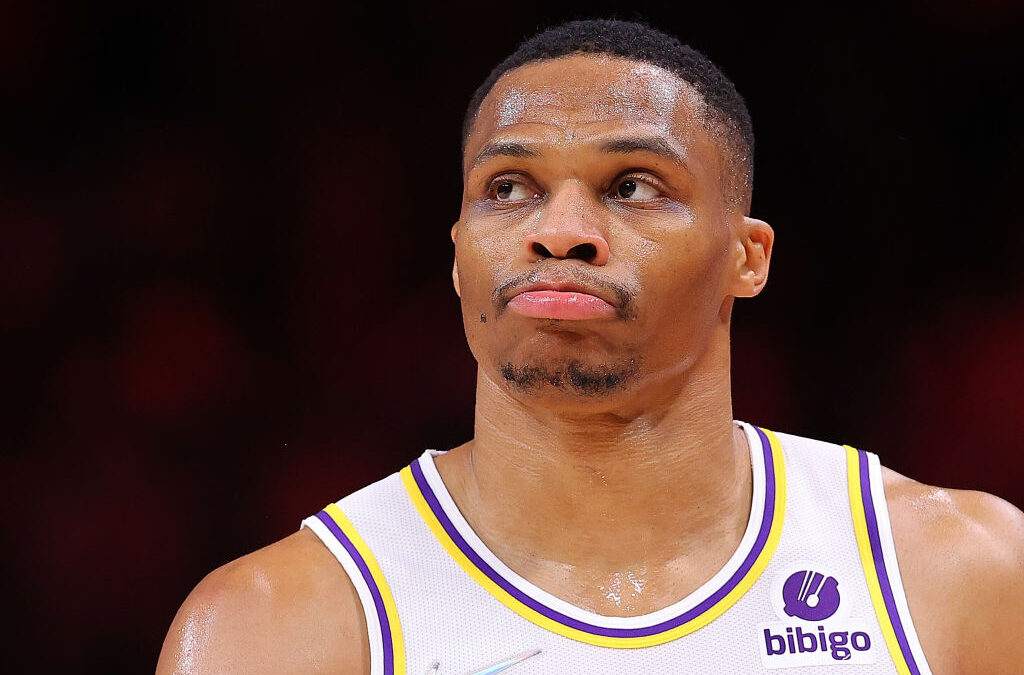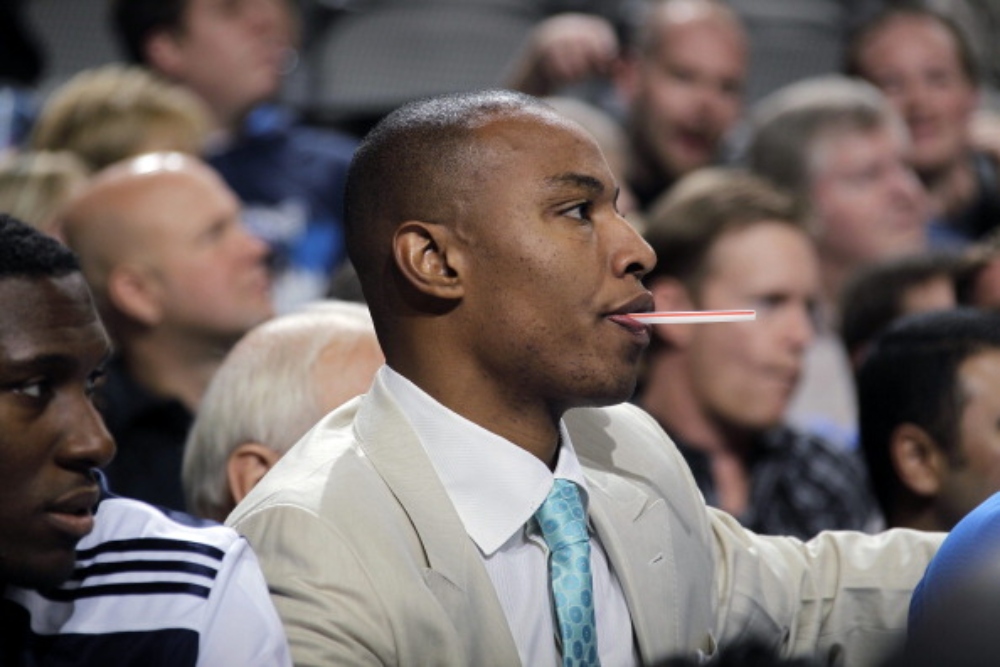
The ever-changing rules in the NBA have continued to baffle fans, players and coaches throughout the years. The league has a fairly complicated rule book that referees need to abide by no matter how ridiculous or complicated it is to the untrained eye. There are quite memorable moments where a referee blows the whistle, and everybody looks at each other’s faces with complete disbelief at the bizarre call that was made. In all fairness, the NBA is an innovative league and has corrected some ridiculous rules before to the benefit of the sport.
But even with such modernization of rules, there are still some who are buried deep inside the vault that still comes up once in a while which makes our jaw drop due to confusion. In this list, we will discuss six rules you didn’t know existed in the NBA.
The No Trolling Rule

During a game against the Sacramento Kings and the Los Angeles Lakers in 2022, the Kings’ game operations viciously trolled Westbrook after shooting 2-of-14 on the night, with each miss resulting in a “Cold As Ice” chant blasting through the speakers of the Kings arena for the entire game. The former league MVP was further trolled when he was awarded the “Ice Cold Player Of The Night” at the end of the match.
While it’s all fun for Sacramento, the league was not amused by the incident. They officially banned teams from this type of trolling and strongly urged all NBA teams to promote the integrity, sportsmanship and good morals of the game.
The No Straw Rule

Caron Butler, a former player and NBA champion, was solely responsible for the implementation of this rule. In his younger years, instead of the usual gum, Butler had the unusual habit of chewing straws during games to calm his nerves down. He averaged around 12 chewed straws per game and the league had to do something to shut down this potentially dangerous habit.
Click on ‘Follow Us’ and get notified of the most viral NBA stories via Google! Follow Us
In 2010, the league adopted the No Straw Rule, which prevented players(especially Butler) from chewing straws while playing on the court.
The Trent Tucker Rule

The rule was made after former New York Knicks player Trent Tucker hit a shot with just 00.1 seconds left to play on the game clock after an inbounds play. The problem lies in the execution of the play. Coming from an inbound pass, Tucker received the ball and shot it with a quicker release than his normal jump shot. A few years after the play, it was deemed not humanly possible to get off a jump shot with that little time left on the clock.
The rule now states that a player needs at least 00.3 seconds left to shoot it after an inbounds play but there is still a way to go around the not-so-perfect rule. A player can technically tap the ball toward the rim if the remaining game clock is at 00.1 seconds. But with the advancement in technology, referees can now review if a shot made it before the buzzer or not, making this rule seem like an irrelevant one nowadays.
A Player Can Still Be On The Court Even If He Fouls Out

Committing the sixth foul is usually the end of the day for a player whether the referees got the call right or not. It’s a frustrating moment for a player, whose only goal is to help his team win the game before his night prematurely ends. A player could still play even after he committed his sixth and final foul but a lot of things need to align before a player will be allowed back on the court.
If a team is reduced to just four players because of injuries and fouls, the last guy who fouled out has a chance to stay on the court and play. The NBA requires each team to have five players on the court to continue the game. The fouled-out player should be wary about committing more fouls though because doing so will instantly result in a technical foul.
The last time this happened was in 2010 when Devean George was allowed to continue the game despite committing his sixth foul as the Warriors were one player short due to injuries against the Portland Trailblazers. A then rookie Stephen Curry dropped a cool 42 points to win the game for the Warriors.
Don’t Break Backboards Like Shaq Did

Former NBA player Darryl Dawkins broke a ton of backboards during his time in the league. The league made some significant changes and introduced the breakaway rims which contain a hinge and a spring to make the rim much more flexible and stronger. However, when Shaquille O’Neal came along and broke a few more backboards during his time with the Orlando Magic, the NBA came up with a new set of rules to discourage players from attempting it as it deemed the practice as dangerous to both fans and the players on the court.
Let’s face it – some NBA players are way stronger than their counterparts and could essentially destroy some unsuspecting backboards on a nightly basis. Not opting to do so is a smart move on their part as it will cost them a hefty fine for an undisclosed amount. Plus, game officials will penalize the team with a “non-unsportsmanlike” technical foul.
The Ban On Controversial Accessories And Some Specific Tattoos

The NBA is a business and it will do anything to protect their association’s image and business partners. For instance, former NBA commissioner, the late David Stern, essentially banned hip-hop culture during the early 2000s and required players to wear a suit and a tie before and after games. If that was done today, there will be a massive outcry from the public. But the former league commissioner eventually relented with his stance during his last few years in the league.
There are a number of things a player could not wear in a game. Some accessories which are currently banned are ninja-style headbands, black masks, gold chains, earrings, stick-on gloves, personalized band-aids and tinted glasses/goggles. The rules are unclear on why some of these things are banned but the NBA expect their players to adhere to these restrictions. Players are also discouraged to wear arm and leg sleeves from a brand name not associated with the NBA.
While tattoos are viewed as an art or freedom of expression and are widely accepted in the league, the NBA doesn’t generally allow a player to have a tattoo that represents a brand name while on the court. The league requires them to cover it with any pre-approved piece of clothing that is related to the team’s assigned color. Lonzo Ball infamously had a Big Baller Brand tattoo on his arm but had it covered with another tattoo after a few years. Former NBA player J.R. Smith was asked by the league to cover his massive SUPREME tattoo on the leg with a sleeve.


